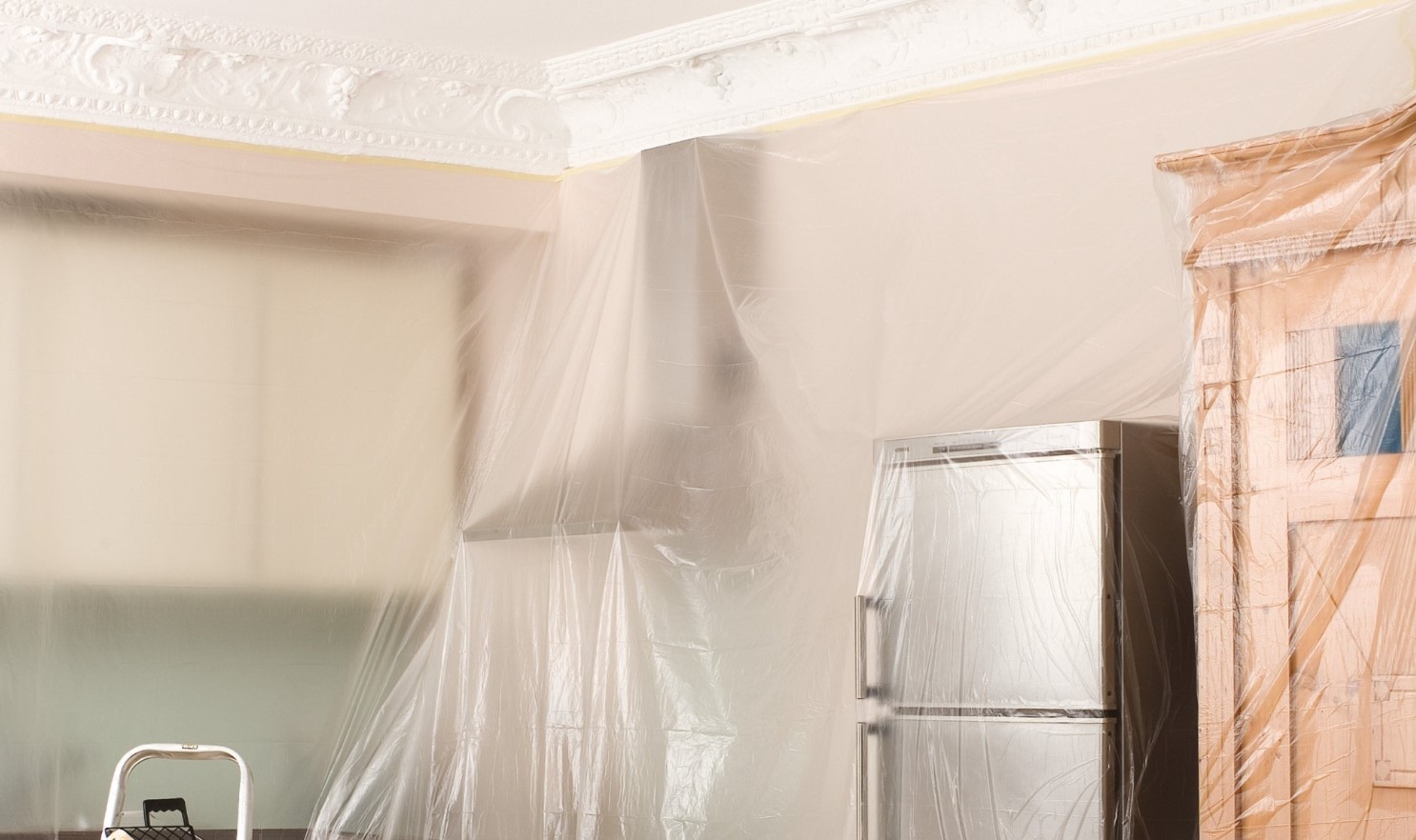Moving to a new home can be an exciting time, but it can also be stressful. One of the most significant challenges of moving is protecting your walls from damage during the move. Your walls are a crucial part of your home, and fixing any damage can be costly. In this article, we’ll share some tips and tricks on how to protect walls when moving to ensure that your walls remain in good condition.
Preparing Your Walls for the Move
Preparing your walls for the move is an essential step in protecting them from any damages during the moving process. The first thing you should do is to remove any decorations or fixtures on your walls, such as mirrors or picture frames. This will prevent them from falling and causing damages during the move. It’s also essential to patch any holes, cracks, or dents in your walls before moving. Use spackling paste or joint compound to fill in the holes and allow it to dry completely. Once it’s dry, sand it down to make it smooth, and you’re ready to paint over it.
Before you start packing, it’s essential to prepare your walls for the move. Here are some things you should do:
- Removing Wall Hangings and Artwork
Remove all wall hangings, artwork, and picture frames from your walls. It’s essential to do this before you start packing to avoid any damages during the moving process.
- Patching Holes and Cracks
Before you start packing, it’s crucial to patch any holes or cracks in your walls. This will ensure that your walls are smooth and free from any damages that may worsen during the move.
- Covering Your Walls with Protection
Use a protective covering like bubble wrap or cardboard to cover your walls. This will protect them from scratches, dings, and dents during the move.
Protecting Your Walls During the Move
Another way to protect your walls is by using protective coverings like bubble wrap or cardboard sheets. Wrap your items in bubble wrap or use cardboard sheets to create a protective layer between your walls and your belongings. This will prevent any damages that may occur if your items accidentally brush against your walls during the move. Remember to secure the coverings with tape or other fasteners to keep them in place. Unpacking carefully is also essential to avoid any damages to your walls. Remove the coverings gently and avoid dragging or bumping your items against your walls.
Here are some tips on how to protect your walls during the move:
- Using Furniture Blankets and Pads
Cover your furniture with furniture blankets and pads. This will not only protect your furniture but also prevent it from scratching or damaging your walls.
- Wrapping Furniture with Plastic Wrap
Covering your furniture with plastic wrap will prevent any scuffs or scratches on your walls. It will also protect your furniture from dirt and debris during the move.
- Using Cardboard Sheets
Placing cardboard sheets against the wall will protect them from scratches and damages caused by furniture or boxes. This will prevent any permanent damage to your walls.
Unpacking Without Damaging Your Walls
Unpacking your belongings without damaging your walls is just as important as preparing and protecting them during the move. One way to unpack without damaging your walls is by placing your items on a soft surface. Lay out a blanket or a soft rug on the floor and place your items on top of it. This will prevent any scratches or damages that may occur if you place them directly on the floor or against your walls. You can also use furniture sliders to move your items around without having to lift them, which can cause damages to your walls or flooring.
Here are some tips on how to unpack without damaging your walls:
- Using Proper Lifting Techniques
Use proper lifting techniques when moving heavy furniture or boxes to avoid scraping the walls. You should also avoid dragging furniture or boxes on the floor, as it can cause scratches.
- Placing Furniture and Boxes Carefully
When placing furniture or boxes, be careful not to scratch the walls. It’s essential to place them carefully and use furniture pads or cardboard sheets to protect your walls.
Fixing Damaged Walls
If your walls do end up with damages during the move, fixing them as soon as possible can prevent them from becoming worse. Small damages like dents or scratches can be easily fixed with a spackling paste or joint compound. Fill in the damaged area with the compound, smooth it out, and let it dry. Once it’s dry, sand it down and apply a coat of paint to match the rest of the wall.
For larger damages like holes or cracks, it may be necessary to use a patch kit or to hire a professional. Patch kits come with everything you need to fix the damaged area, including a patch, joint compound, and sandpaper. Follow the instructions carefully and allow enough time for the compound to dry completely. If you’re unsure about how to fix the damages, it’s best to seek the help of a professional. They can assess the damage and provide you with the best solution for repairing your walls.
In case your walls get damaged during the move, here are some tips on how to fix them:
- Minor Wall Damage Repair
For minor scratches or scuffs on your walls, use touch-up paint to cover them up. If you don’t have any touch-up paint, you can also use toothpaste or baking soda and water mixture to buff out the scratches.
- Major Wall Damage Repair
For significant wall damage, it’s best to call in professionals. They have the expertise and tools to fix the damage correctly, and it can save you money in the long run by avoiding further damages.
Protecting your walls during the move is crucial to ensure that they remain in good condition. By following the tips and tricks we’ve shared in this article, you can protect your walls from scratches, dents, and dings. Remember to prepare your walls before the move, use protective coverings, and unpack carefully. If your walls do get damaged, fix them as soon as possible to prevent further damages.
FAQs
- Can I use regular blankets to protect my furniture and walls during the move?
You can use regular blankets to protect your furniture, but they may not be thick enough to protect your walls. It’s best to use furniture blankets or pads specifically designed for moving.
- Is it necessary to patch holes and cracks in my walls before moving?
Yes, it’s essential to patch holes and cracks in your walls before moving. It will ensure that your walls are smooth and free from any damages that may worsen during the move.
- Can I use plastic wrap to cover my walls during the move?
It’s not recommended to use plastic wrap directly on your walls as it can cause damage. It’s best to use protective coverings like bubble wrap or cardboard sheets to cover your walls.
- How do I fix significant wall damage?
For significant wall damage, it’s best to call in professionals. They have the expertise and tools to fix the damage correctly.




